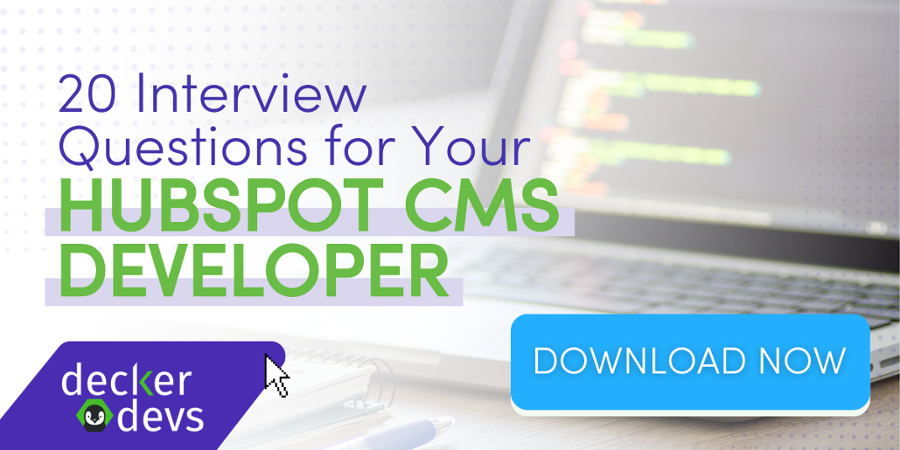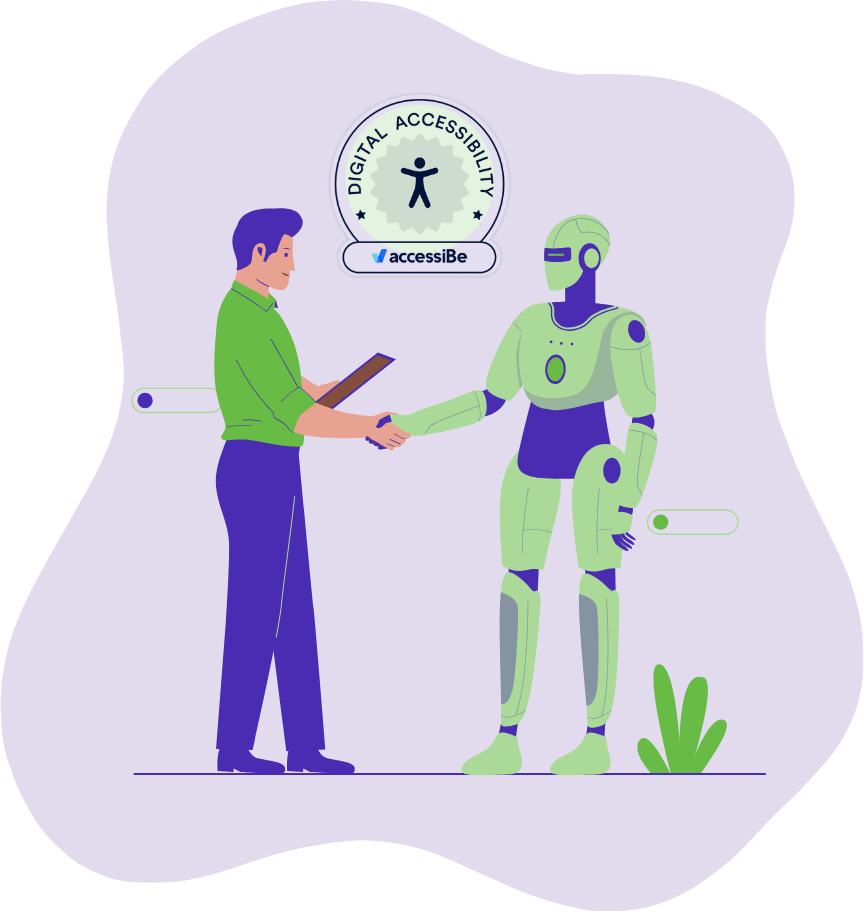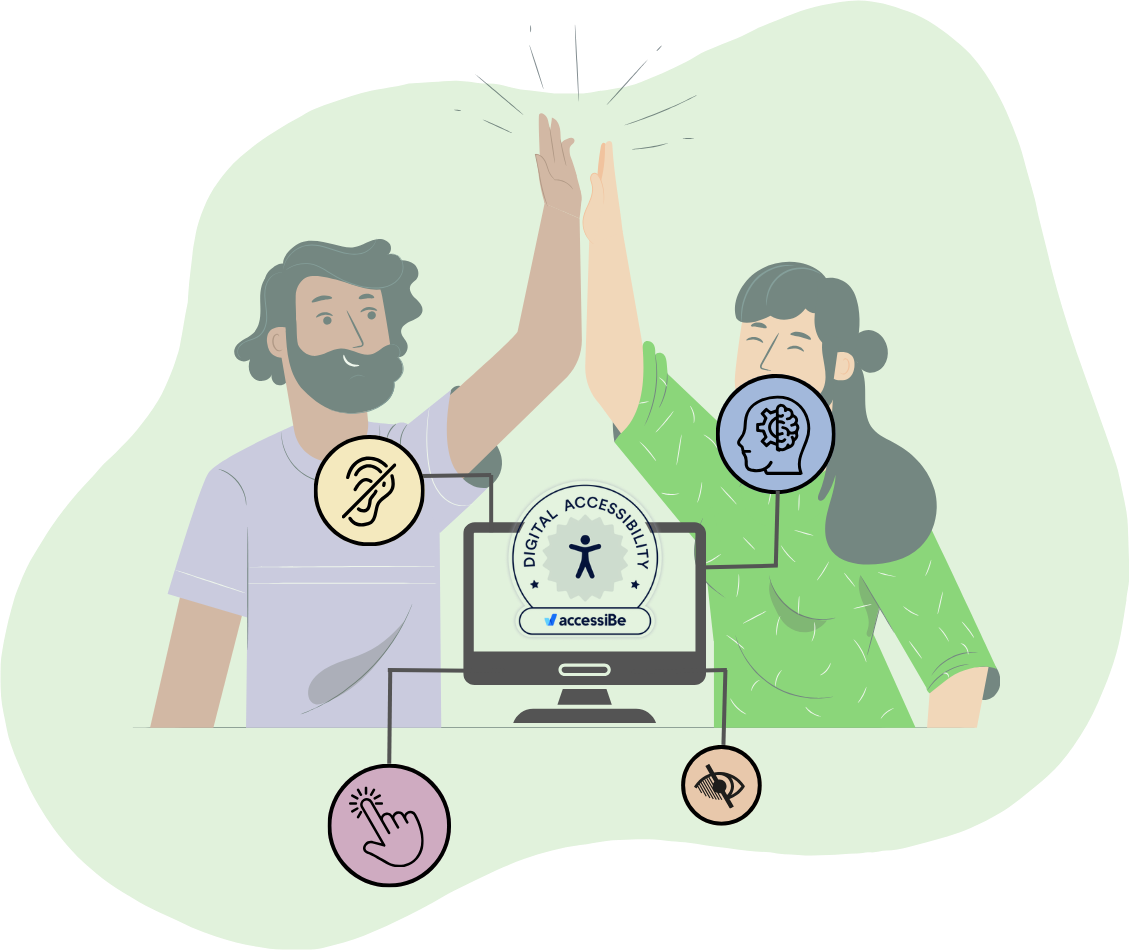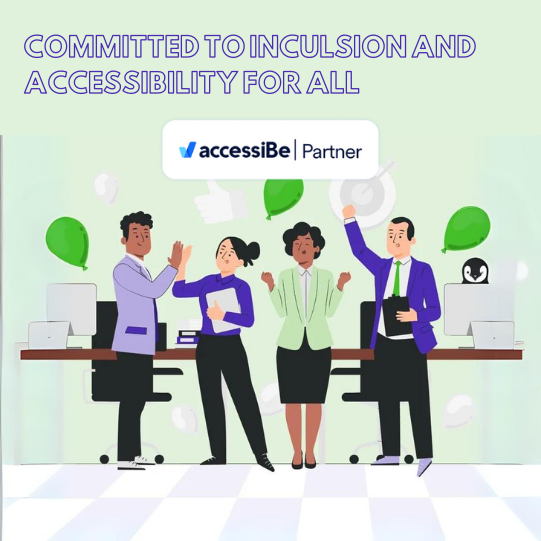Your HubSpot website knowledge base or resource center is your home base when it comes to helping customers along in their buyer journey. While the blog summary page has played a significant role until now in helping your website prospects find the information they need, as you’ve adapted your efforts, your content arsenal has become increasingly varied. From recorded webinars to podcast archives, YouTube videos, white papers and other resources, you’re practically overflowing with content. If you haven’t already created a knowledge base or resource center in HubSpot CMS, you may be exploring what to incorporate in your content library or best practices when it comes to designing a knowledge base in HubSpot CMS.

RELATED: Content Overload - It’s time for a content library or resource center
We’ve seen a LOT of weird things - the good, bad and ugly when it comes to knowledge base designs for HubSpot CMS, and we’re here to help you learn from the mistakes we’ve seen others make.
Here are the biggest mistakes you can make when designing a knowledge base in HubSpot CMS:
Lack of planning
Putting a category or topic filter on your resource center and leaving it at that doesn’t really give you much more than you’ve already got on your blog. Your blog is a great place to start when it comes to determining some of the categories that will help you organize your content library - but that’s just a starting point. You’ll need to map out your library by establishing subtopics from your main categories or topics and adding individual pieces of content into your sub categories. It can be helpful to establish a content tree or color code your content to help you better determine which categories and subcategories you want to include.
Establishing a general buyer journey guideline will help you reach a certain point in organizing your content library, but you’ll also want to look into buyer intent data, as buyer journey’s are increasingly self guided nowadays. Use data to plan. If you’re paying for an analytics resource software like HubSpot Marketing Pro, you have no shortage of reporting and analytics available to you to help you best determine the impact each piece of content is having and where you can help your buyers along by filling content holes that can help them have all the information they need to make buying decisions.
As you plan, ask yourself questions like:
- What is the goal of this content library?
- What are the most popular types of content that our customers are consuming?
- Where do we need to offer more information that our buyers need at certain steps in their buying journey?
- How can we make this information more accessible to buyers that are doing research independently?
- How can we structure and organize our content in a way that’s personalized and effective?
- Which content categories are most important to our buyer?
- Which content categories are most important to our sales process?
- Which industries do we want to feature, if any?
Not Going Custom
Your business isn’t like other businesses and where best to showcase your unique spin on your products and services than your knowledge base or content library? We understand that not everyone has the budget to go fully custom with their website content library, but we think that it’s important to at least find a stable framework that can suit your needs and allow you to do a small amount of customization. More than likely in the planning process, you’ll uncover some features that you want to see.
Your resource center configuration and design should be as flexible as possible so that you can feature new pieces of content, website prospects can easily filter the wealth of information available to them, and you can dress it up beyond the standard category filter options. You can even add things like dynamic search to help your prospect find things they didn’t even know they needed. Employee Fiduciary’s website resource center is an example of a resource library that we recently worked on that has a simple, clean design and functionality with topic filtering, search and feature options.
What you want to deliver to your prospects and customers might be a totally different experience.
- Do you have different buyer personas that you may want a website prospect to select in a page before your prospect can review the content that most applies to them?
- Do you want them to be able to filter your content by industry?
The questions that you asked yourself in planning your content library or resource center are the ones that will ultimately guide design - so make sure that you take that first step to plan so that you can determine your list of wants and needs when the time comes.
Ignoring Mobile
As of March 2023, 60.67% of all website traffic comes from mobile devices. With more than half of your visitors viewing your pretty new resource center on mobile devices, you’ll want to START there. So many prospects approach us with designs with little to no advance consideration for how that design will translate to a mobile device. Rather than making hard choices to save space reactively, you can intuitively design the mobile view for the website first and then take those elements and add or move things around in your full size desktop version.
It is much easier to convert from mobile to desktop than it is to start with desktop and have issues deciding how your site will render when it sizes down to a smaller screen. This is particularly true for resource centers that have sidebar filter options, additional feature content, tables or other special features that may be more difficult to render on a small screen.
The more mobile friendly your website is, the better it ranks. Mobile-friendliness is a confirmed ranking factor with Google and because the percentage of mobile traffic continues to increase year over year, this will only become more important for increasing your conversion rates as well.
Related: Web development for SMBs, a mobile first approach to web design
Ignoring Load Speed
How quickly your website’s resource center loads is such an important factor when it comes to optimizing it for conversions AND search engines. Google's Core Web Vitals update in 2021 focused heavily on page experience for the user, requiring companies that want to get noticed online to focus on page speed and user experience on their website. The statistics support this focus, because faster loading website pages are proven to increase conversion rates. Site load time decreases in retail website of just .1 second resulted in an 8.4% increase in conversion rates on retail websites. When you’re funneling lots of traffic to your website, these small things matter and in your Resource Center, you’ll want to focus on them as well.
Image size is a huge factor that bogs down many websites. Be sure to pay attention to the size of the images, icons, buttons and other graphical elements that you add to your website. So often marketing managers add graphics and images to a website without looking at the size of the images that they’re uploading and over time this can bog down a website significantly. This is particularly true for resource centers, where you’re often loading large image graphics, icons and more onto a single page. Images that you load into your website resource center should be no larger than 200kb.
It is important to create a set of standards for anyone uploading content to your resource center to protect your page load time.
Related: Page Speed Optimization - 5 Factors Bogging Down Your Website
Not Integrating a Mega Menu
Resource centers are perfect for centralizing all of that content you work so hard to put out - but how do you get people there? While it may be a bit of an unexpected expense, we highly recommend adding a Mega Menu to your budget. A website Mega Menu acts like a central map for your entire website and allows you to be more granular in the content that you offer on your standard website navigation. You can feature full download content, break down your services or resource center into smaller categories and offer short descriptions that better help guide the user to where they need to go.
Adding visual elements, showcasing popular pieces of content and really providing a guide for your website users will help them better find the information that they need as they go through their buying journey. Mega Menus and Resource Centers work closely together to keep website prospects moving through your content using the tools you provide within your resource center listing page and your mega menu as they move through additional resources.
Related: Why a Mega Menu Should Be Your Next Website Investment
Not hiring an expert
This is an unfortunate mistake that we see many agencies and HubSpot customers make - hiring someone based on price rather than experience. Hiring an inexpensive or inexperienced web developer might feel like an okay thing to do in the beginning, but quickly you begin to see the issues as the project unfolds. Here are a few things you might notice if you hire an inexperienced web developer:
- Persistently changing timelines
- Sluggish response times
- Being ghosted
- Buggy issues with your resource center
- Long loading times
- Entire lack of strategy
We once received an agency’s partially completed website project from another developer whose resource center took more than a minute to load. While it looked great, the configuration was not well-conceived and because the developer wasn’t an expert in HubDB, they didn’t even realize they could have configured it much more simply within HubDB rather than using an external cloud server.
Now we’ve fixed it and their resource center loads in just a couple seconds, but they had to increase their budget for us to come in and fix this. Now they know that they need a skilled developer at their disposal for continued optimization and projects as their website evolves, and we’re here to make sure they can build sustainably.
If you’re in the middle of hiring for a website, we have a comprehensive list of questions to ask your HubSpot developer prospects when vetting them for a job.
Related: Why Hire an Experienced Web Developer? Your Website Isn’t a Sub Sandwich.
Everyone messes up sometimes, and it’s totally fine. Your Resource Center project may not go perfectly - and you may change what you’d like to see within it; the formatting, the features and filters that you offer along the way. Try to partner up and create your strategy before you delve too far into the development process so that you can make sure you not only cater to your prospective buyer, but stay within a predictable budget and avoid some of the biggest and most costly mistakes we’ve seen others make.
